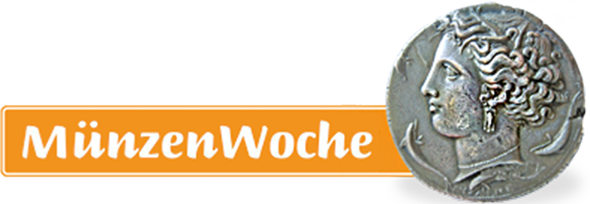Heberden Coin Room, Ashmolean Museum
Wenn es kein Logo gibt, wird diese Spalte einfach leer gelassen. Das Bild oben bitte löschen.
(Dieser Text wird nicht dargestellt.)
Beaumont Street
Oxford OX1 2PH
Tel: +44 (0)1865 278058
The Ashmolean Museum reopened to the public on November 7, 2009 and included 38 new galleries. The numismatic collections of the Heberden Coin Room of the Museum are chiefly displayed in the new “Money” Gallery, and also in twenty five other galleries throughout the Museum where they complement other objects from the Ashmolean collection. Additionally, coins feature prominently in graphic elements that support displays in the entire Museum.
The “Money” gallery is composed of object displays and hands-on interactive components, supported by extensive graphic elements. Structurally, the gallery is divided into three main areas: the north and south walls, and a central aisle of free-standing cases. There is space for temporary exhibitions on the west wall.
Themes of the North and South Walls
The north and the south walls, both of which are long, carry two broad themes. The north wall showcases world cultures through the coinages they produced and also doubles to reflect the curatorial areas represented in the Heberden Coin Room. These displays are augmented by graphic elements such as enlarged pictures of coins and images of prints, architecture, icons and sculpture.
The south wall provides an overview of money through thematic displays that emphasize the physical, cultural and historical aspects of money—articulated through a selection of objects and graphic panels.
The Oxford Crown
The central aisle has three important focuses—displays concentrating on the Greeks, the Romans in Britain, the Anglo-Saxons, the Tudors, and the Victorians. The Victorians are shown through a selection of medals, rather than coins, thus bringing a significant part of the Coin Room’s non-monetary collection into the gallery’s domain. There are three cases, which contain “vista objects.” These are significant in their regional as well as collective historical importance, and are accentuated by large graphics that act as a visual magnet for visitors. These are the Oxford Crown of Charles I as the first English coin to depict a town when King Charles I moved his capital to Oxford, having been expelled from London by Parliament; the Crondall Hoard of the earliest Anglo-Saxon gold coins discovered in 1828, which marked the reintroduction of coinage into Britain two centuries after the abandonment of the province by the Romans; and the Chalgrove Hoard, discovered in 2003 near Oxford, in which was found the second known specimen of a radiate of Domitianus, a previously unknown, but short-lived Gallic usurper (271 AD). This last case is surrounded by other displays of local money, including the Didcot Hoard of Roman aurei. It also includes a section dedicated to the Portable Antiquities Scheme.
Interactive Activities
The interactive elements offer educational and cultural information through tactile and visual activities such as “Design Your Own Coin” and “Magnify Me.” There is also an enlarged model of the Oxford Crown and an electronic map that takes the viewer through time and space using coin-like counters.
The gallery also has graphic panels that supplement the temporary exhibition, the “Money” wall and the entrance to the gallery. At the entrance, a board titled, “What’s it Worth?” gives an indication of prices through ages using objects on display and also doubles as a chronological guide to the gallery.
This text was written by Howard M. Berlin and first published in his book Numismatourist in 2014.
You can order his numismatic guidebook at Amazon.










